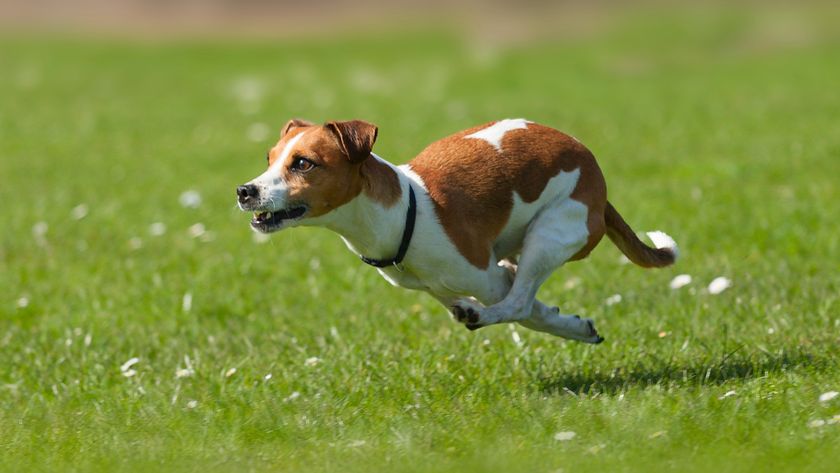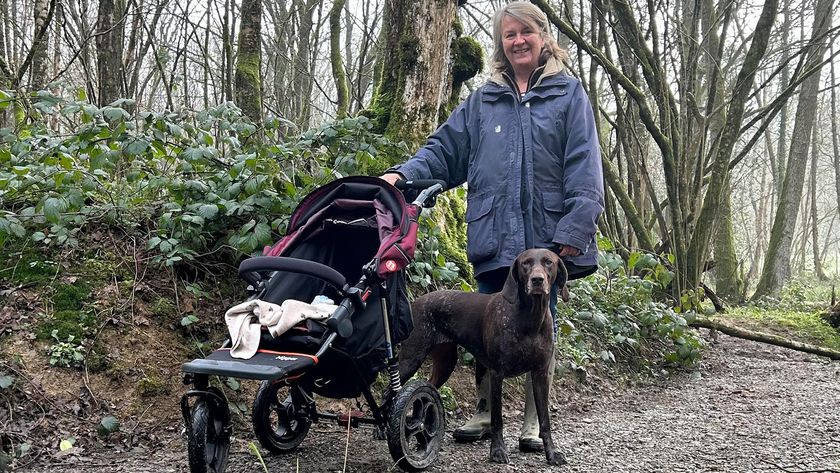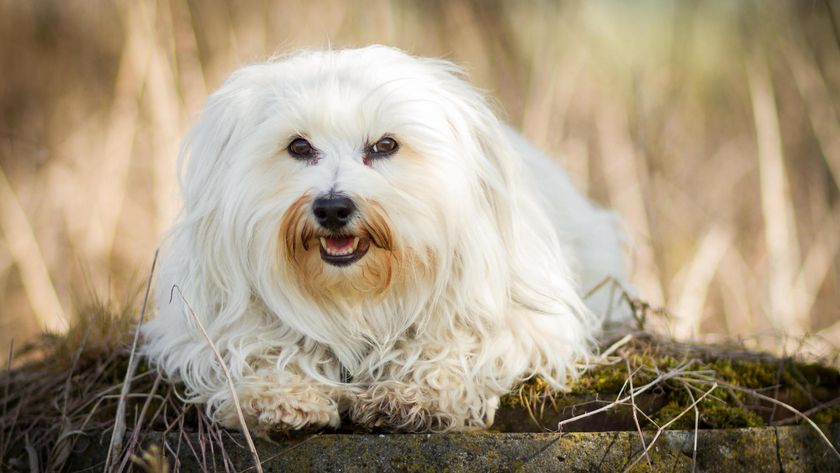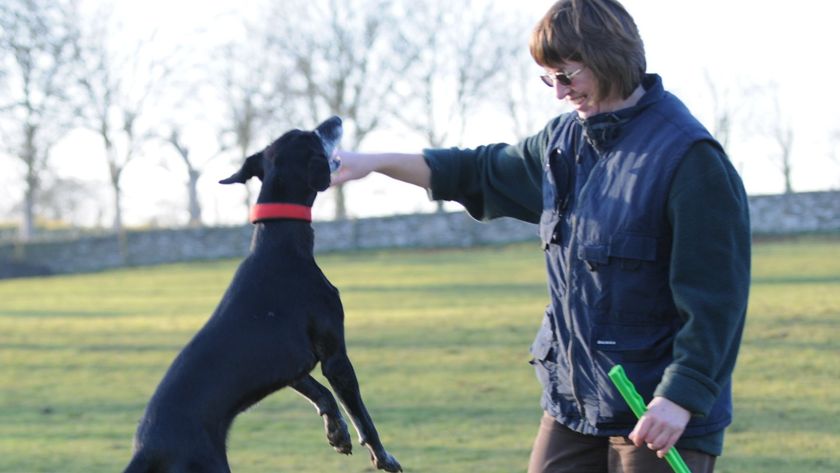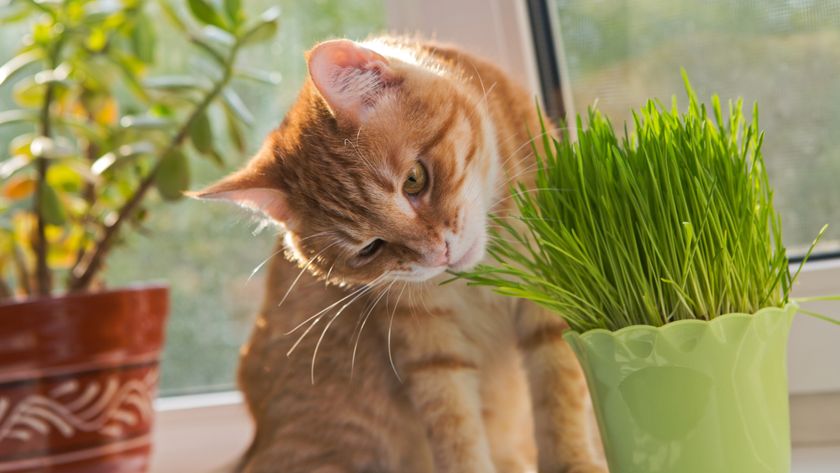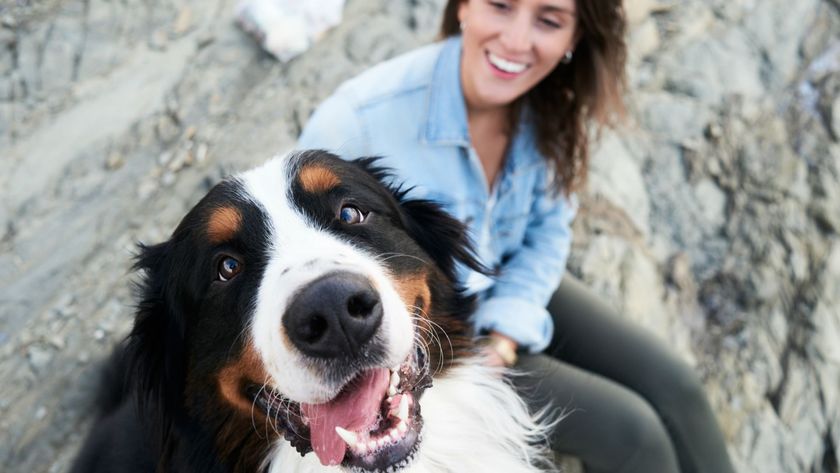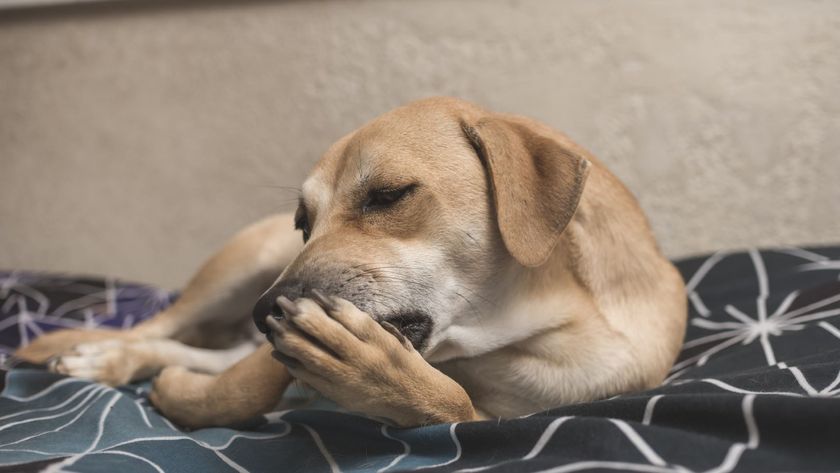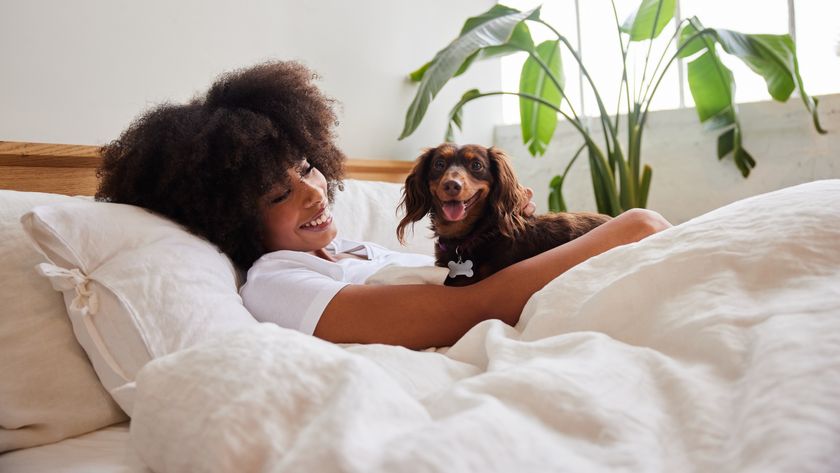Ten tips to cope with dog shedding
Navigate furricane season like a pro with dog shedding tips to minimize hair loss and keep your clothes and furniture fur-free
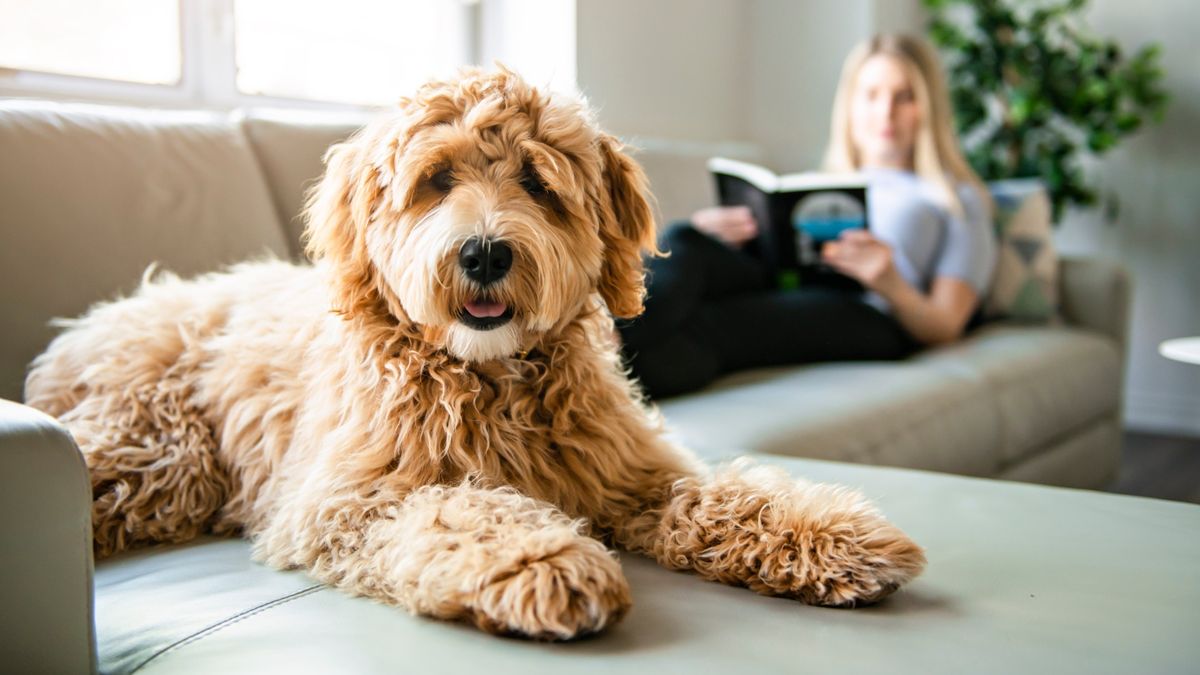
With the exception of hairless furkids, dog shedding happens to one extent or another across all breeds, and it drives most pet parents nuts. Not only can those seasonal spring and fall furricanes leave you feeling like you’re ankle-deep in hair, but even when your hound is only shedding hair lightly it can be difficult to keep your home and clothes clean.
The good news is that while shedding is normal, there are some simple tips and tricks that can make coping with dog shedding a whole lot easier. We dive into the thick of it and explore ways to reduce the free fall of fur, how to protect your furniture, and why paying attention to changes in shedding can help you spot potential health issues early.
1. Choose a low-shedding breed
If you’re looking for a furbaby to join your family, then the degree to which your desired breed sheds is worth thinking about before you welcome your new pup into your home. Many breeds are low-shedding, making them a great choice for those with allergies or for busy pet parents who don’t want to have lots of additional cleaning to do.
While it may seem logical that short-haired breeds would shed less than long-haired ones, don’t be fooled as often the opposite can be true. Check our breed profiles to find examples of low-shedding dogs, such as the Labradoodle, or the French bulldog.
2. Groom your dog regularly
Learning how to groom a dog is the single most important thing you can do to reduce shedding. Regular brushing with a slicker-style brush can help remove loose hair and keep it from falling all over your floors and furniture.
Bathing your dog every few months with a grooming glove can also assist with loosening and removing hair while nourishing the skin to create healthier and stronger hair follicles. Follow this up with a brush once your dog is dry and you can significantly combat shedding.
3. Choose the right brush for your dog
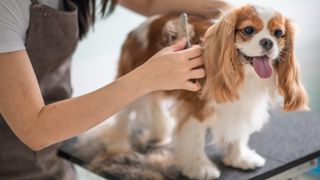
4. Try a dedicated de-shedding tool
If your dog is a heavy shedder, then you can even try a dedicated de-shedding tool. A good example is the Thunderpaws professional shedder which claims to reduce shedding by up to 95%. It’s a cost-effective way to help reduce fur around the home, especially if you’re reluctant to fork out for regular trips to a groomer. Find more useful tools in our best dog grooming kit round-up.
5. Keep on top of your flea treatments
Pesky fleas are not only uncomfortable for your dog, but they can also lead to an increase in shedding, especially if your dog is itching and scratching excessively. Check your furkid regularly for signs of fleas, and keep on top of flea control and prevention with the best flea treatments for dogs.
6. Healthy diet and supplements

Dogs with healthy coats tend to shed less, and one of the best ways you can promote a healthy coat is by feeding your dog a varied and nutritional diet. If you notice your dog is shedding particularly badly, it might be worth speaking with your vet to see if changing their diet could be helpful.
Another way to help with shedding is by adding supplements to your dog’s food. You can buy specific supplements, but you might be surprised to learn that some common kitchen staples make great additions to your dog’s diet. Both olive and flaxseed oils are rich in omega-3 fatty acids, which soothe and nourish the skin, promoting coat health and reducing shedding.
7. Keep them hydrated
Making sure your dog is never thirsty is another way to prevent excessive shedding, as dehydration can cause the loss of both old and healthy hair. It can be easy not to spot when a water bowl is empty, so it might be worth keeping various bowls around the house in different rooms available for your dog. To tempt them with fresh water, you could even invest in one of the best pet water fountains.
8. Look after your soft furnishings
Even when you’ve made peace with dog shedding, it doesn’t mean you want to get up from your favorite chair and find it all over your new jeans. There are some wonderful tools on the market that can help keep your soft furnishings free of pesky fur and save your clothes in the process.
Depending on how much shedding your pooch is guilty of, there are options for light de-fuzzing up to more heavy-duty solutions. On a basic level, lint rollers or even sticky tape can be a quick and easy way to remove fur from a cushion or a t-shirt but also look out for dedicated fur removal mitts and fur catchers you can pop in the washing machine.
9. Don’t forget floors
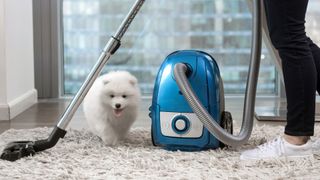
The floor is where you’ll likely find the majority of your dog’s discarded fur and hair, and if you don’t keep on top of it, it can build up and cause a problem. Thankfully, the best vacuum cleaners for pet hair have been designed to suck up even the most deeply embedded fur and dirt, tackling carpets, hardwood floors, and upholstery with ease.
10. Keep an eye on your dog’s health
Although some shedding is perfectly normal, excessive shedding can be a sign of a bigger problem. While shedding for most breeds increases in the spring and fall, shedding too much hair can be a sign of a parasite, fungal infection, or thyroid imbalance. If you notice your dog is shedding more than usual, we recommend speaking with your vet to rule out any underlying health conditions.
You might also want to learn about skin conditions in dogs.
PetsRadar Newsletter
Get the best advice, tips and top tech for your beloved Pets
Amy Davies is a freelance writer and photographer with over 15 years experience. She has a degree in journalism from Cardiff University and has written about a huge variety of topics over the years. These days she mostly specialises in technology and pets, writing across a number of different titles including TechRadar, Stuff, Expert Reviews, T3, Digital Camera World, and of course PetsRadar. She lives in Cardiff with her dog, Lola, a rescue miniature dachshund.

